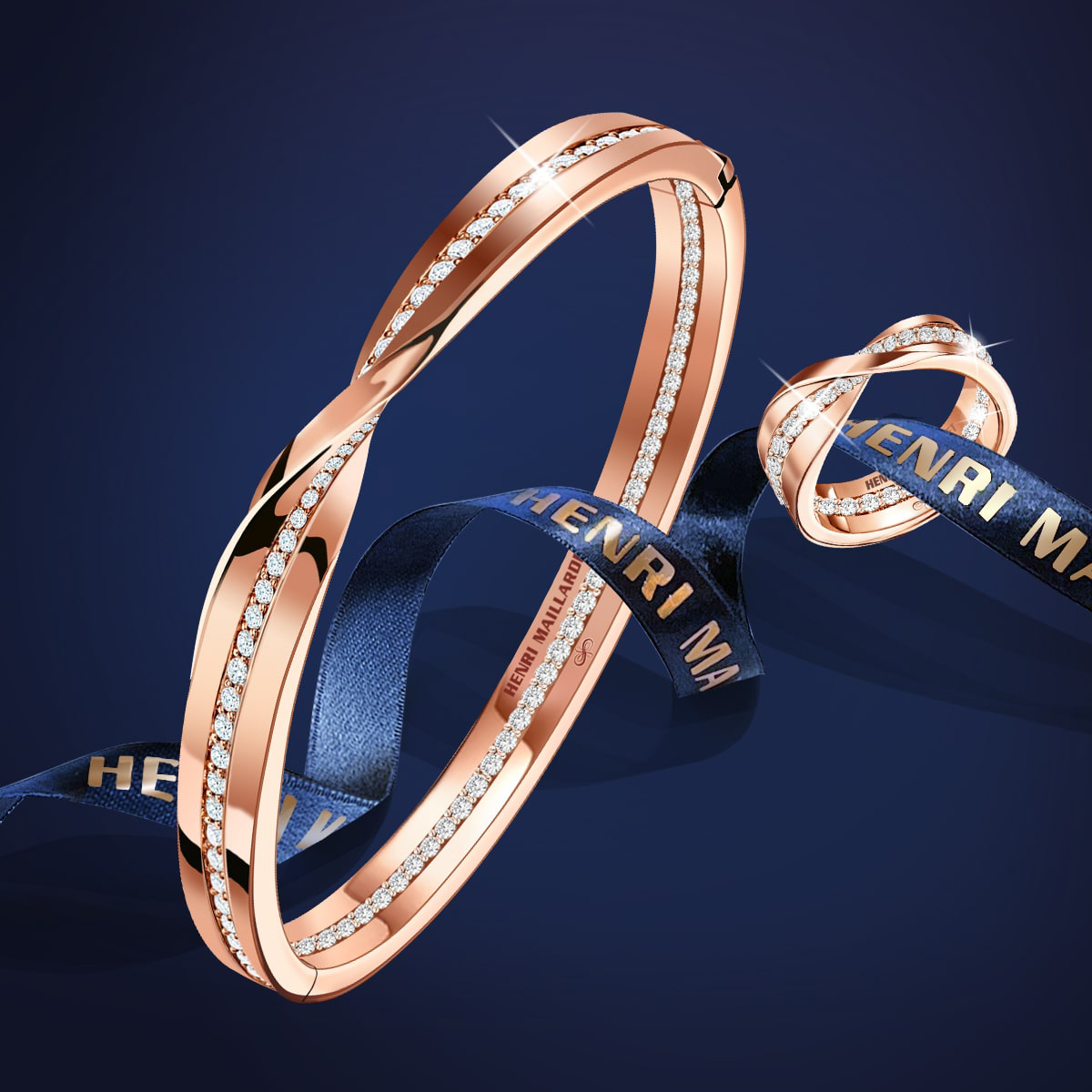 READ ARTICLE
READ ARTICLE
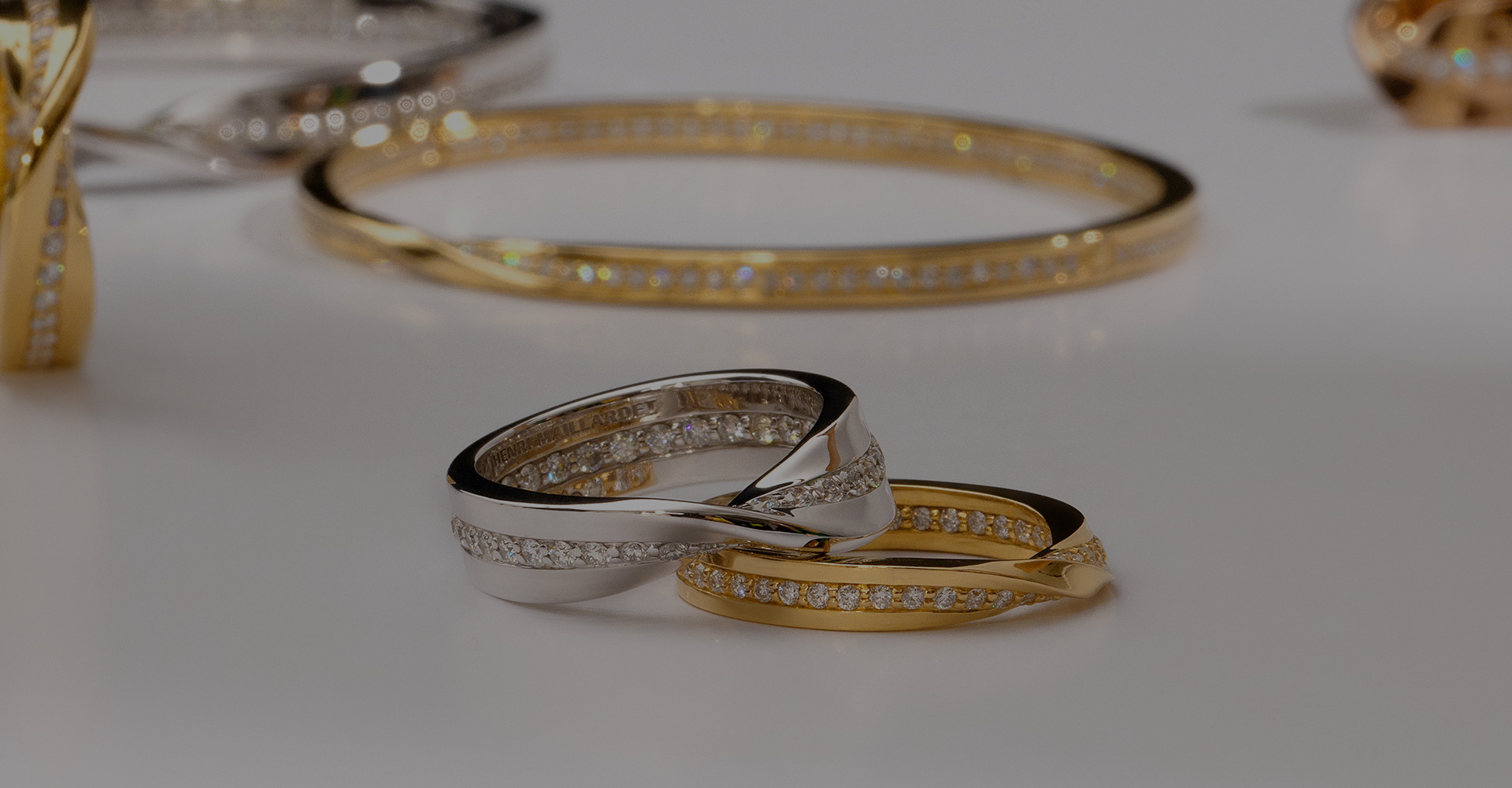
Story and Origin
The wedding ring is perhaps the most recognisable symbol of marriage. Wedding rings are meant to last forever – a timeless symbol of love and commitment. They are often passed down from generation to generation, becoming heirlooms of priceless significance, within each of the stories of those who once wore them. But what about the story of the wedding rings themselves? To understand their intricacies, we first need to rewind the history of mankind… by a few millennia.
The story of the wedding rings begins in the part of the world that is also credited with the birth of human civilisation. There is archaeological evidence that the first known use of wedding rings occurred about 6,000 years ago in ancient Egypt. Relics indicate that Ancient Egyptians saw rings – woven rings, made of natural materials such as reeds, hemp, or leather – as a token of love from husband to wife.
A ring is a circle, after all, and the ancient Egyptians considered the circle to be a symbol of eternity. Since a circle has neither beginning nor end, it symbolised eternal love and the never-ending bond of marriage. Traditionally, the wedding ring is worn on the fourth finger, also called the ring finger, of the left hand. This is because the ancient Egyptians believed that there was a vein on this finger that was directly connected to the heart.
Other civilizations adopted this custom and carried it forward. The Greeks and later the Romans were also enthusiastic about the rule of the fourth finger. The Romans even began to call it vena amoris (love vein). Their wedding rings were usually made of ivory, bone, or iron. They believed that durability was a better representation of permanence, and called the rings annulus pronubus (bridal ring).
The Romans were also the first to have their rings engraved. Feather rings, for example, showing engravings of two interlocked hands, became very popular. Early Roman law recognised three types of marriages, called confarreatio, usus, and coemptio. In confarreatio marriages – marriages in the elite class – rings of silver and gold were exchanged, but they still symbolised ownership and possession. Roman men “claimed” their wives by giving them a ring and refused to wear one themselves.
Later, wedding ring traditions were incorporated into Christian wedding ceremonies in the European Middle Ages. Early Christian rings, however, were so heavily engraved and stylised that the church at the time denounced them as too elaborate. This led to the adoption of plainer styles, similar to the wedding rings that are widely used today. But extravagance made a comeback during the Renaissance with the popular gimmel rings, which consisted of two interlocking bands.
After the engagement, the bride and groom-to-be each wore one piece. At the wedding, the groom put his ring on the bride’s finger and rejoined the two parts.
Poetry rings (with short engraved excerpts from poems or scriptures) made of plain sterling silver were also common. The inscriptions, usually facing inward, show that couples began to view marriage as something personal and intimate, rather than just a legal agreement.






A crucial thing happened about 100 years ago: during The World War II, soldiers on active duty began wearing wedding rings to remind them of their wives back home. Until then, it wasn’t very common for men to wear wedding rings. That’s right: while the wearing of wedding rings by brides can indeed be traced back to ancient Egypt, there is little evidence that until the second half of the last century more than a small minority of grooms did the same.
Today, however, it is standard for both partners to wear a wedding ring as a tangible symbol of the permanent place their spouse holds in their heart. And while in many cultures it’s now considered normal to wear the ring on the right hand, in the U.S. it remains customary for the wedding ring to be placed on the ring finger of the left hand during the wedding ceremony. But while some things may have changed with the times, one hasn’t: the symbolism of the wedding ring.
The symbolism of the wedding ring is closely related to the symbolism of its shape: the circle. The circle is a universal symbol with extensive meaning, best known for representing unity, infinity, eternity, and utmost perfection.
In fact, symbols based on circles can be found in virtually every chapter of human history. In the Christian faith, as well as in many other religions, circles are also seen as symbols of God, since they have no beginning and no end. This has made rings, especially wedding rings, symbols not only of love, but of eternal love. And what could be more romantic than the concept of two small circles that will accompany you throughout life, as a symbol of your bond and the everlasting and enduring nature of your love?
Traditionally, wedding rings are plain and made of high-quality precious metals such as gold or silver, but there is nothing wrong with embellishments such as engravings and gemstones that have symbolic powers. Since the days of the Renaissance, romantics have engraved their wedding rings with poems that have meaning to them.
Many couples today adorn their wedding rings with meaningful dates, symbols, initials, poems and song lyrics. And when it comes to combining gemstones with precious metals to create stunning wedding and engagement rings, diamond – considered the hardest of substances – remains the most popular choice: the perfect metaphor for the promise that the bond of marriage represents.
If you are searching for that perfect ring, Henri Maillardet’s elegant Möbius Ring – Petite in 18K yellow gold is a fine iteration of the “Two shall become one” concept which defines the Möbius ribbon properties. The Möbius band relates to the concept of infinity and is associated with unity and non-duality: two sides and two edges are joined and become one side and one edge.
Because of its symbolism of infinity and unity, many couples opt for Möbius band-shaped wedding rings. After all, Möbius jewellery are best worn in pairs, by your loved one and you. If you prefer something more daring, the Möbius Diamond Full Pavé Ring – Petite in 18K yellow gold might just be the right choice. Why not take a look?
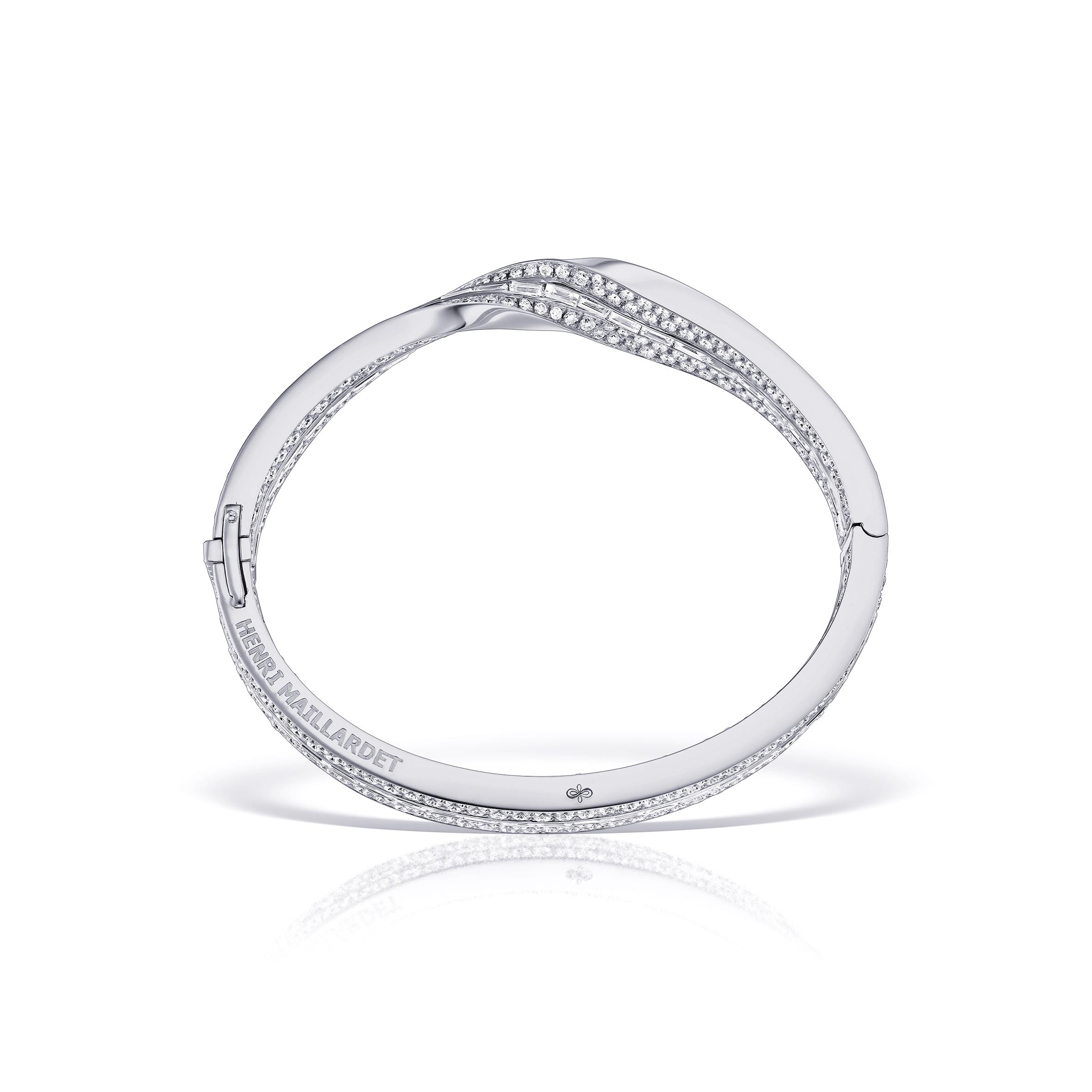
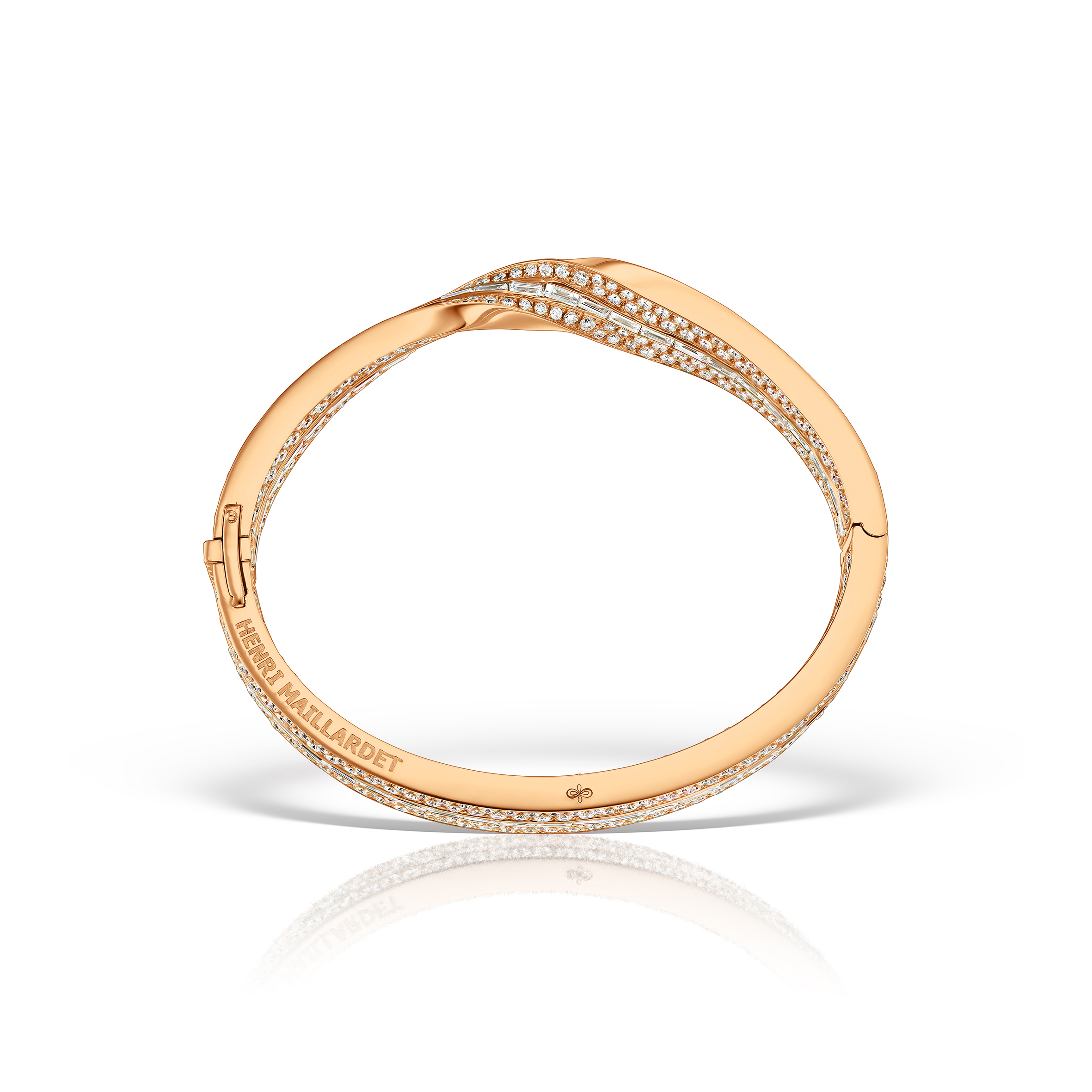


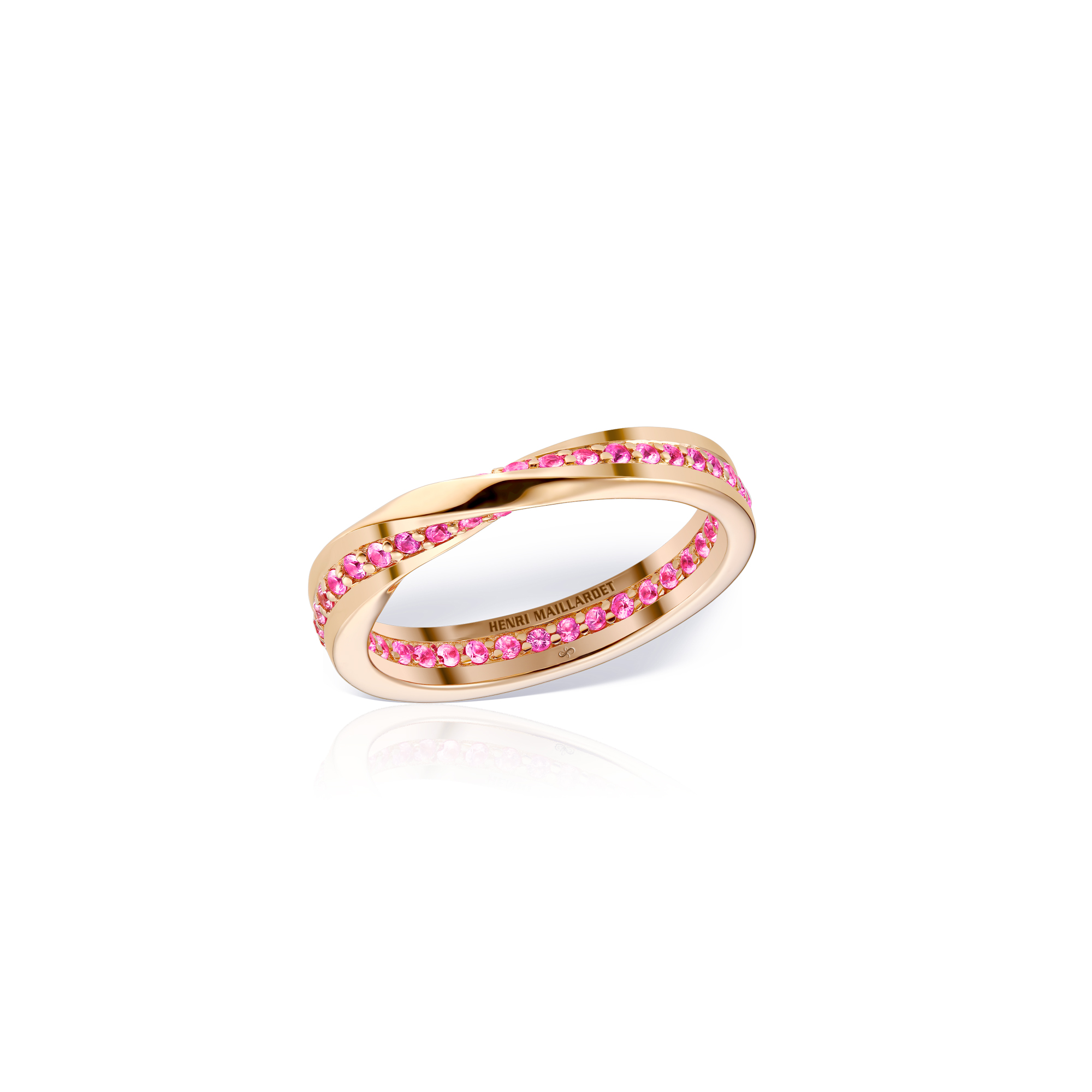




Be the first to discover our news.